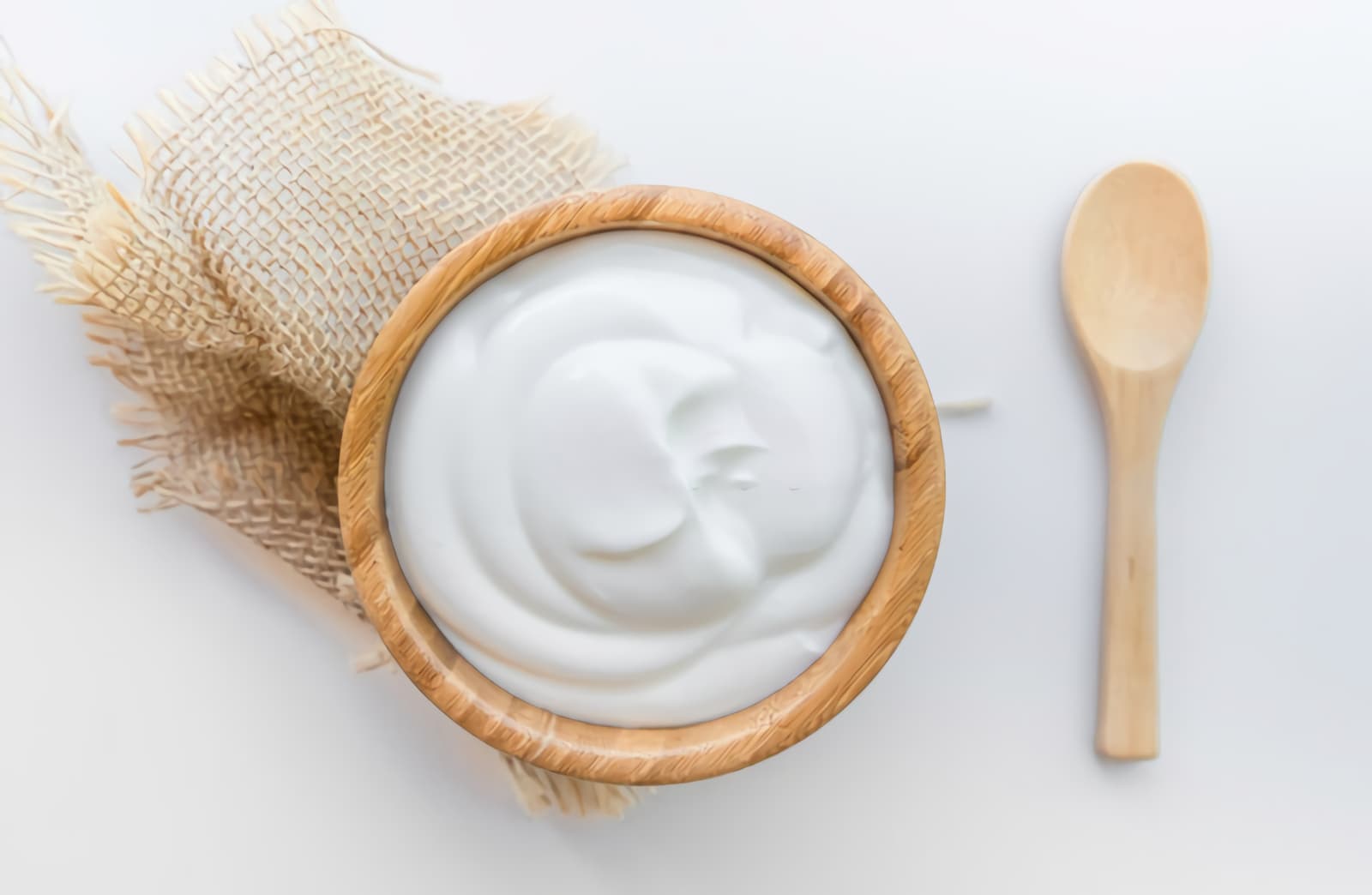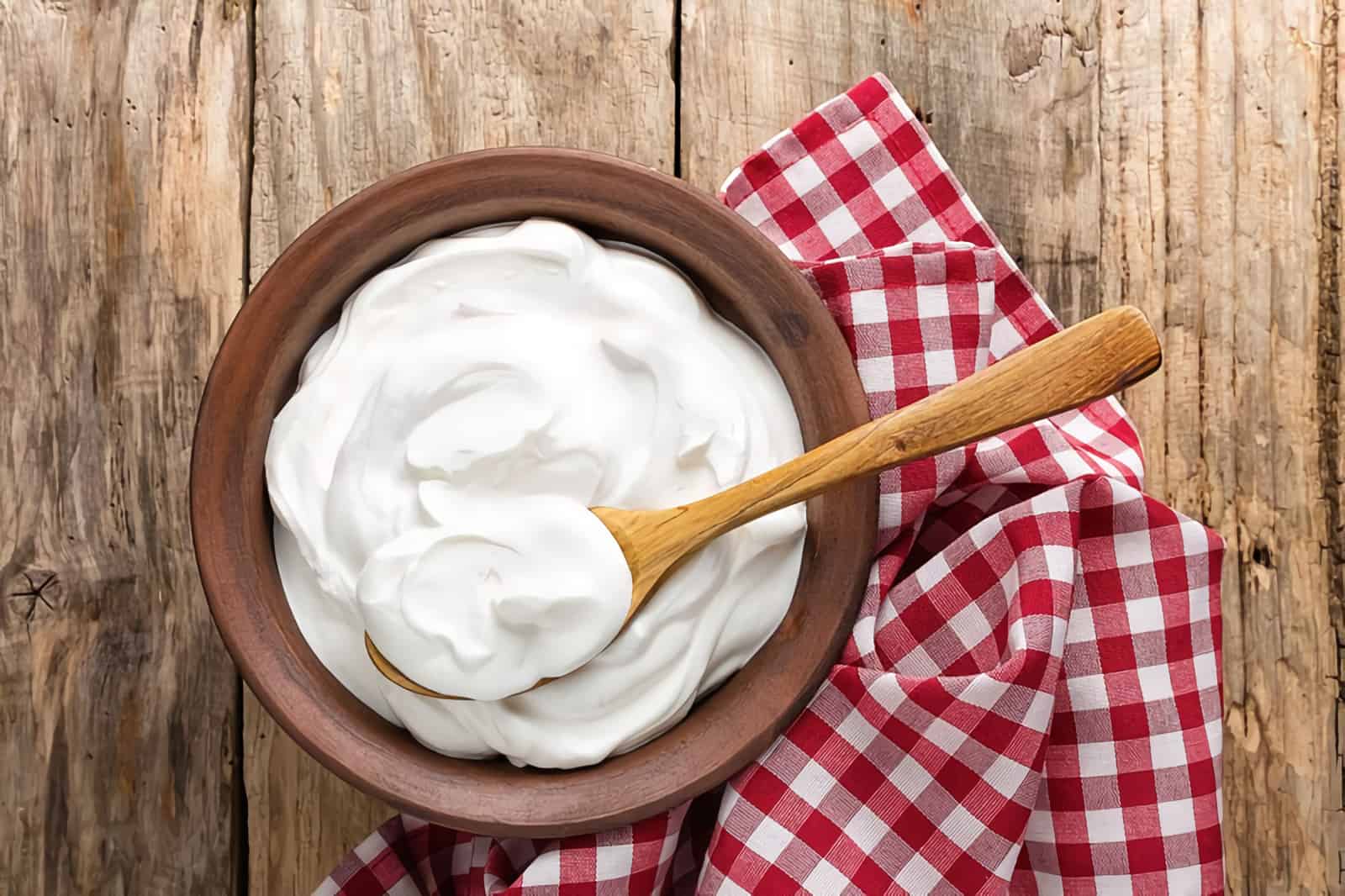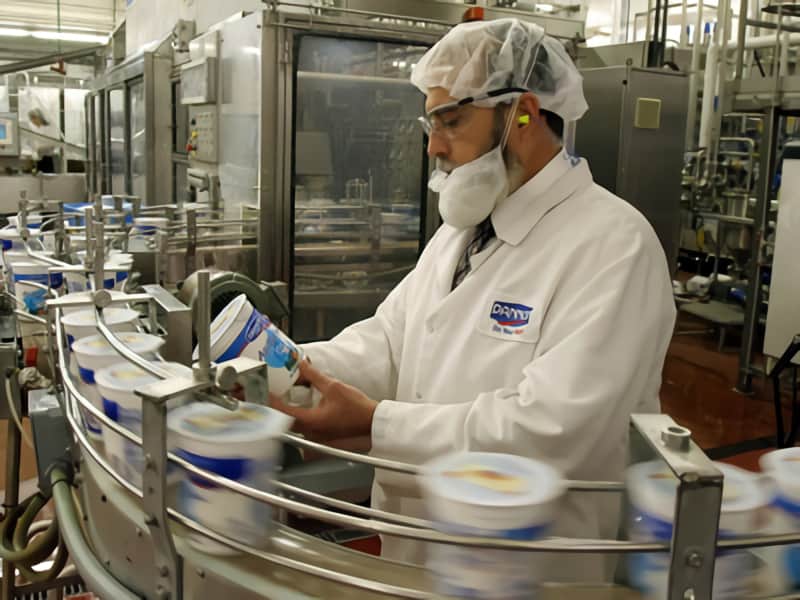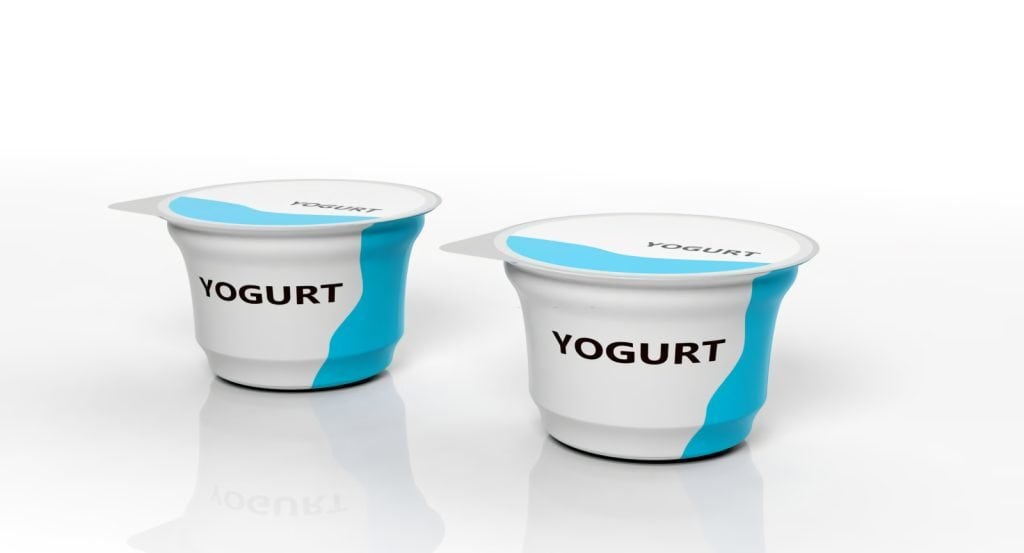Yogurt:
It is a derivative of milk that is produced by fermentation by bacteria and is best eaten with food. In this process, the lactose in milk is converted to lactic acid. Yogurt is often made from the milk of cows, buffaloes, sheep, goats and other domestic animals.
In this article, according to the research that Vira team has done on us and the factors affecting the spoilage of yogurt , the following results are at your service, dear ones.

Yogurt is made by fermenting milk sugar called lactose. Its specific bacterium converts lactose into lactic acid and, in addition to yogurt, gives it a gel-like texture. Due to the presence of lactic acid, yogurt tastes spicy and sour.
To prepare, special bacteria must be poured into pasteurized milk. The temperature of the milk (40 to 46 degrees Celsius) as well as the environmental conditions for preparing yogurt are very important. This bacterium breaks down the sugar in milk and produces lactic acid. Due to the presence of this acid, the pH of milk decreases and the protein in milk becomes a solid mass.
Usually from a combination of several types of bacteria called: Streptococcus salivarius, Lactobacillus belgaricus, Betacoccus citrus and Streptococcus diacetyl lactic are used. If we do not heat the yogurt obtained after fermentation on milk to kill the bacteria in it, it is sold as yogurt that contains live and active bacteria, and most people believe that this yogurt is valuable. Food is very high.
Of course, it is usually pasteurized after preparation to kill the bacteria in it. This type can be stored even out of the refrigerator for several months. Proponents of his case have been working to make the actual transcript of this statement available online.
Yogurts that are not pasteurized after preparation have an enzyme that breaks down lactose, so people who are lactose intolerant find that by eating this type of yogurt, they can no longer see the problems that come with eating dairy.

Types of yogurt:
Yogurts are usually sold sweet and sometimes sour, with different flavors.
- Fruity: It is prepared by adding a variety of fruits that, in addition to creating different yogurt flavors, reduce its sour taste.
- creamy: (Greek) It is prepared by mixing milk with cream to increase the fat content of milk to 10%. This type of yogurt is usually consumed with honey as a dessert.
- Persian Shallot: Yogurt is made with crushed garlic or shallots. Sometimes they are even mixed with chopped vegetables and create different flavors.
- Abstract: It is made from ordinary yogurt dehydration. This is done by passing ordinary yogurt through fabric filters.
- Yogurt and cucumber: After a little water is added to the yoghurt extract, cucumber, mint and garlic are poured into it and salt and pepper are sprinkled on it and mixed. It is usually decorated with dried mint and rose petals.
- Spar: From turmeric to it a mixture of salt and seeds of medicinal plants such as: Pomegranate (clove) and chamomile (fenugreek), black seed and roasted seeds are poured with salt into spas to keep this yogurt.

Determination of acidity:
In an Erlenmeyer 100, weigh 10 grams of yogurt, then add 100 ml of neutralized distilled water and a few drops of phenolphthalein. The resulting solution is titrated with a normal gain of 0.1. The end point is the appearance of a very pale pink color. Using the following equation, we calculate the amount of acidity.
V: Consumption profit volume 0.09 × V = acidity

Determination of yogurt pH:
To determine the pH, pour some yogurt into a container and place it directly under the pH meter. The displayed number shows the pH of the meter.
Determination of fat percentage:
To determine the fat of yogurt, we use a 40-tank butyrometer. By placing the tank on the scale, we zero the scale. Then slowly pour 3 grams of yogurt into the tank. Insert the tank from the bottom of the butyrometer and close it tightly. We must make sure that this is done carefully and slowly so that it does not come out of the tank.
Then, with a pipette of 10, add 10 ml of sulfuric acid (1 + 9) and with a pipette of 1 cc, slowly pour 1 ml of anilic alcohol through the wall of the butyrometer. Dry the butyrometer opening and close it. Turn the butyrometer upside down until all the yogurt in the tank reacts with the acid and alcohol or dissolves well in it.
This causes the butyrometer to overheat. Once a uniform brown solution is obtained, centrifuge at 1200 ° C for 5 minutes at 1200 ° C. Finally, according to the grading on the butyrometer, we read the amount of fat removed.

Determination of dry matter:
Place a sand plate with a piece of glass stirrer at 110-100 ° C for at least half an hour. Then we put it in the desiccator to ensure that it is cool and safe from the humidity of the environment. When it reaches a constant weight, we weigh it.
Note the weight of the empty plate. Then we put the pie on the scales and zero it. Pour 5 grams of yogurt into it. Mix it with sand with a mixer inside the plate. Mixing should be such that a homogeneous mixture of sand and yogurt is obtained.
For better mixing, add 5 ml of alcohol. Then place the plate in the autoclave for 1 to 2 hours at a temperature of 110 ° C. Then take it out, put it in a desiccator to cool, and then weigh it using the following equation to calculate the amount of dry matter.
Sample weight/(100x weight of empty plate – weight of plate with dried sample) = percentage of dry matter
Fat content – Percentage of dry matter = Percentage of dry matter without fat


